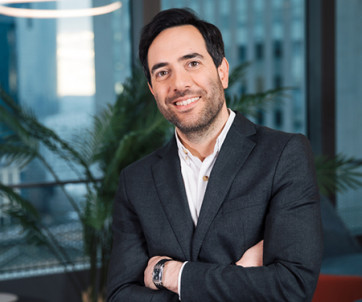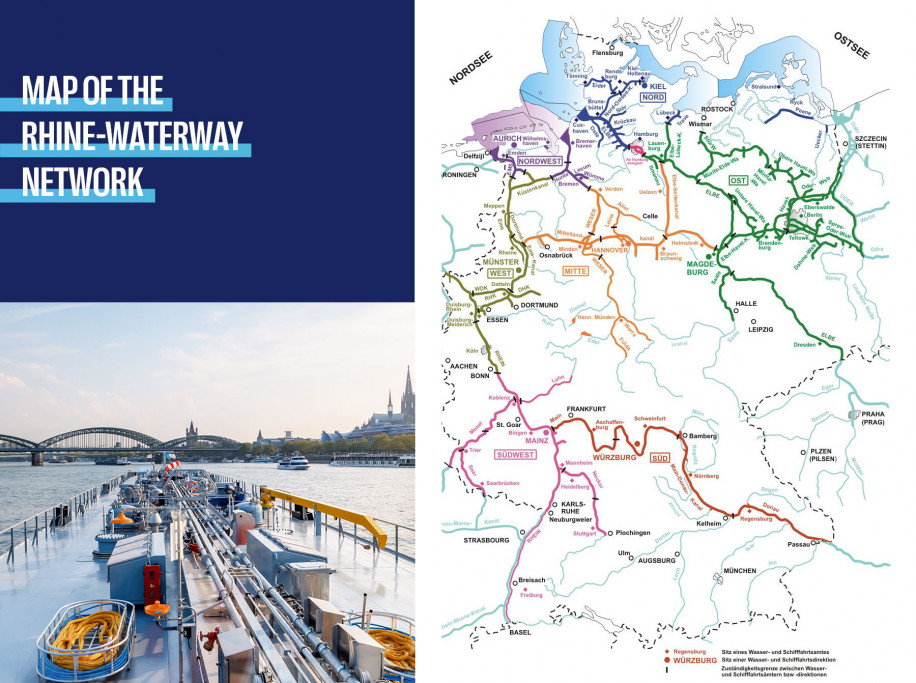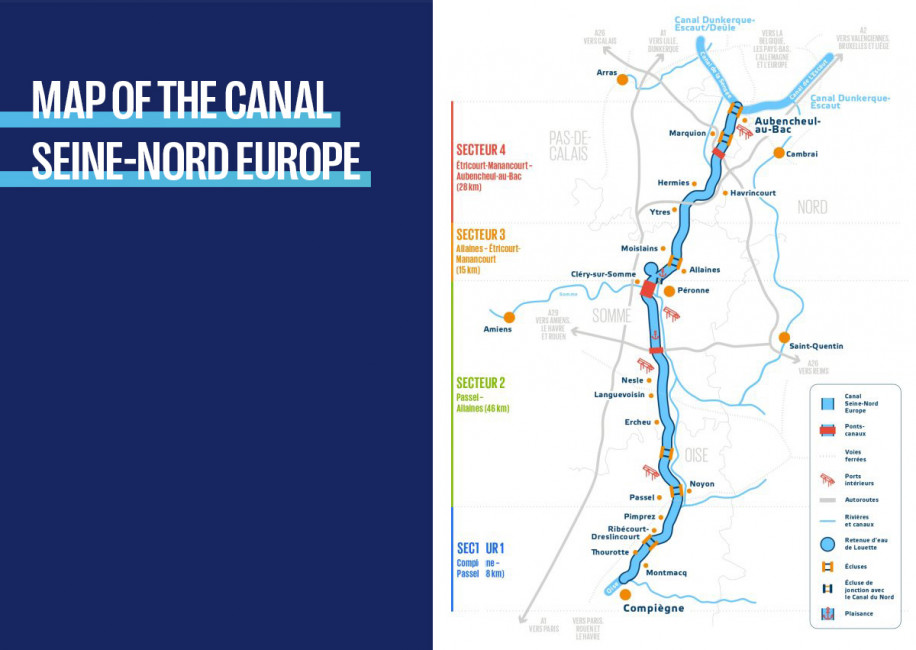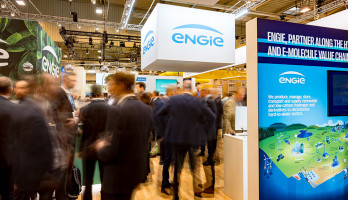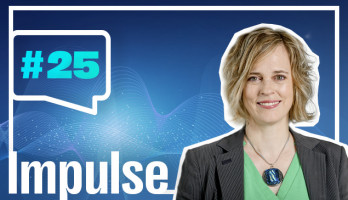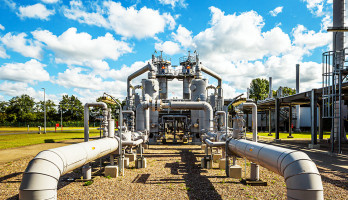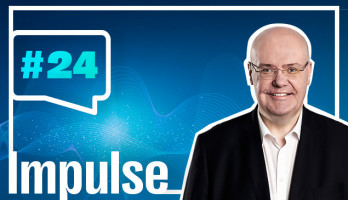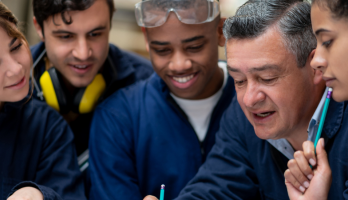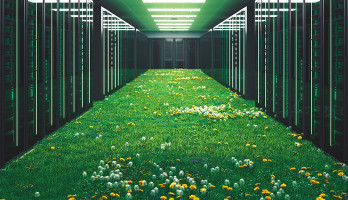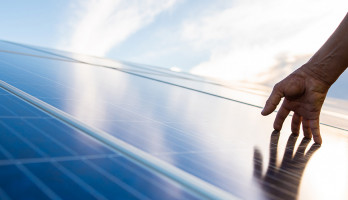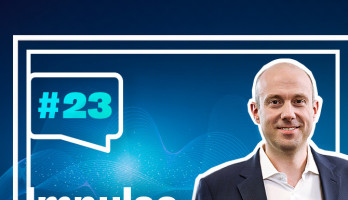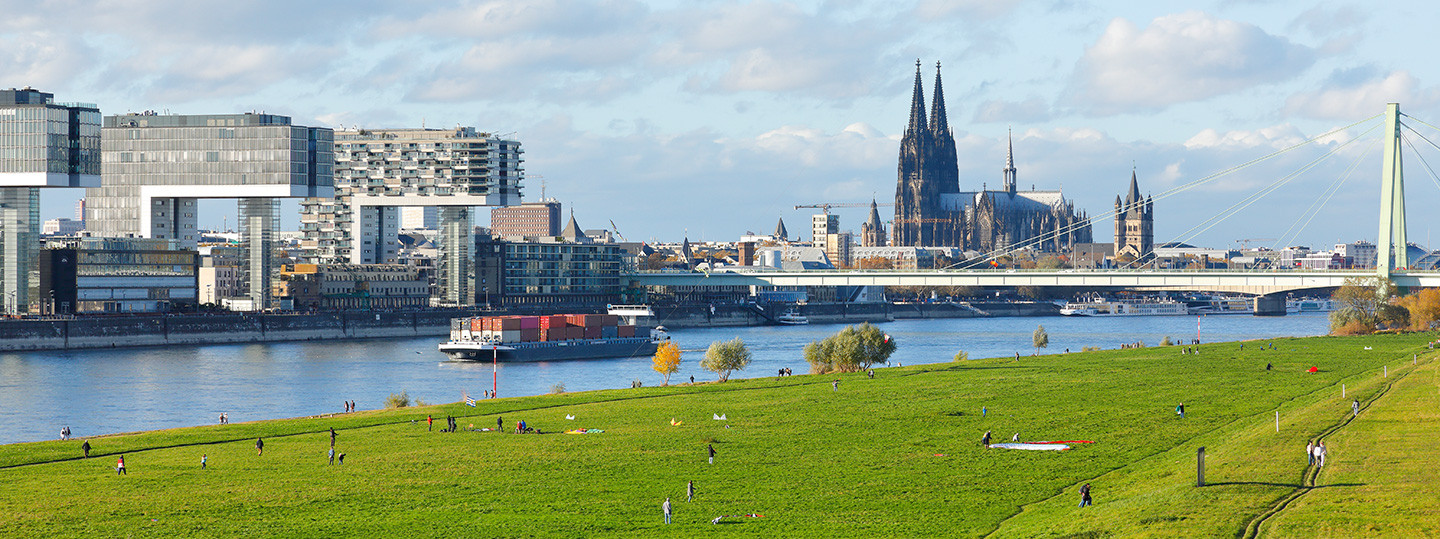
Green hydrogen: the future of inland shipping starts now
Inland navigation is on the brink of a sustainable revolution - and green hydrogen is the key. As a leading global provider of sustainable energy solutions, ENGIE plays a central role in the RH₂INE (Rhine Hydrogen Integration Network of Excellence) initiative. The aim is to transform the waterways along the Rhine into an emission-free transportation corridor.
Inland shipping as a pioneer for green hydrogen
"We are convinced that inland shipping has the potential to become a pioneer in the use of green hydrogen," explains Alexis Licha, Director of Business Development for H₂ Maritime & Aviation at ENGIE. "With its high fuel efficiency, it is ideally suited to lead this transformation."
The RH₂INE initiative offers the ideal framework for jointly advancing the decarbonization of waterways. ENGIE is not only contributing its expertise, but also benefiting from the exchange with other partners such as the Port of Rotterdam and the logistics company Rhenus/Contargo. Together, we are working to make hydrogen-powered inland vessels and the necessary infrastructure a reality.
RH₂INE and Condor H2 - commitment with impact
ENGIE's participation in the RH₂INE initiative covers several measures, including the pioneering Condor H₂ project. This sub-project focuses on the development and use of interchangeable hydrogen tank containers that ensure the energy supply of inland vessels.
A decisive breakthrough: the project partners have developed a standardized, secure connection for all ships. "This is a milestone that shows how collaboration can solve complex challenges in practice," emphasizes Alexis Licha.
However, there are other challenges, primarily in terms of financing. A single hydrogen tank container currently costs between 400,000 and 500,000 euros, and the logistics for distribution are complex. "We need to build innovative business models and a clear investment strategy to ensure economic feasibility, aggregate demand and ease hydrogen adoption," explains Alexis Licha. Otherwise, smaller inland shipping companies in particular could be prevented from participating in this transformation.
Why is ENGIE focusing on green hydrogen?
Green hydrogen offers decisive advantages over other alternative fuels: While biofuels such as HVO and synthetic fuels will be reserved for aviation in particular due to limited raw materials, hydrogen is the most promising solution for shipping in the long term. In addition, H2 as fuel doesn’t emit NOX.
ENGIE is convinced that economies of scale and technological advances in fuel cells will reduce the cost of hydrogen solutions. At the same time, ENGIE is working on solutions for the storage and transportation of liquid hydrogen, which requires less refuelling due to its three times higher energy density. Together with partners from the aviation and shipping industries, research is being carried out into how liquid hydrogen can be used more easily in practice by 2030.
Vision of the future: The green corridor
ENGIE is not only supporting the creation of the zero-emission Rhine corridor, but also has a larger vision: connecting the Rhine with the French canal network. The future Canal Seine Nord, which is expected to be completed in 2030, will link Paris and Le Havre with the northern European waterways. "This will give an enormous boost to inland shipping in north-western Europe and drive forward the decarbonization of the logistics sector," explains Alexis Licha.
E-world 2025 in Essen: Focus on green hydrogen
At E-world 2025 in Essen, ENGIE will of course also be present to discuss the role of green hydrogen in emission-free shipping - for example on 11 February 2025 in the session "Hydrogen for Inland Shipping: How to Unlock the Potential for Logistics Decarbonization" with Alexis Licha from ENGIE as one of the panellists.
The session will present pioneering initiatives and projects such as RH₂INE and Condor H₂ and highlight how ENGIE and its partners are promoting the use of green hydrogen as the fuel of the future.
Find out more and become part of this movement for sustainable logistics.
Our Expert
